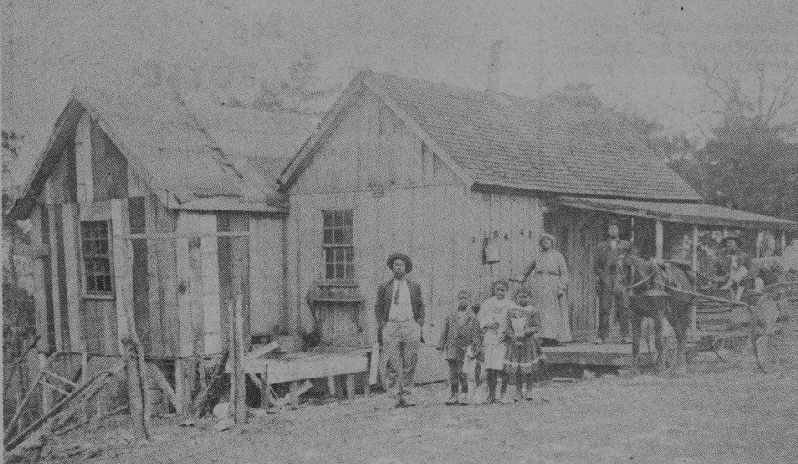African American Heritage Trail
#7
Post-Civil War Communities
Sign #7 at the northeast corner of Washington and 1st Streets
Following Emancipation, African American families were pressed to find employment and housing. The majority worked in the service industry in town and farm labor in the county, and resided in segregated communities.
N. Highland Street
This area had the first African American churches in Winchester in the late 1860s. By 1890 North Highland was home to residences, businesses and a “Colored Lodge.”
Poynterville
The area bounded by Elm (old Paris Road), Washington, First, and Evans Streets was laid off in 53 lots, which Wiley T. Poynter sold to African Americans beginning in 1867.
For more about Poynterville.
Haggardsville
In 1867, Lewis Haggard and Nelson Ramsey, “men of color,” developed their subdivision on an 8-acre tract on the east side of 1st Street, adjoining Poynterville.
Brunerville
Brunerville was laid out in 1868 on the west side of Elm Street and was framed by Walnut, Upper and Washington. Dick Rupard, William Sanders and Shelby Custard were the first to erect houses.
Kohlhassville
In 1868, the Kohlhass family developed an African American subdivision in the area of present-day Buckner and Lincoln Streets.
- The Washington-1st Street intersection marks the boundary between Poynterville and Haggardsville.
A number of African American communities were settled in the county. The earliest of these were Lisletown, Hootentown-Pleasant Hill-Jouett’s Creek, Lower Howard’s Creek near the Old Stone Church, and Dry Ridge near Schollsville. Later communities included Greenville, Becknerville, Old Pine Grove, Goose Creek, Midway near Trapp, Indian Fields on Trapp-Goff Corner Road and others. Some endured for more than a century. They had their own churches, schools, stores, and cemeteries.

James Hooten Family at Greenville
Lisletown
Fielding Lisle was a veteran of the Union Army (114th U.S. Colored Infantry). In 1874, he acquired 20 acres of land on a hillside overlooking Kentucky River. He sold lots to African Americans who worked as laborers in the area. By the turn of the century, Lisletown was well-established hamlet of a dozen or so families. It survived as a black community until the last family moved to Winchester in the early 1960s.
WINCHESTER BLACK HISTORY
AND HERITAGE COMMITTEE


© 2019-2024, ALL RIGHTS RESERVED,
Winchester Black History and Heritage Committee
Website Designed and managed by Graphic Enterprises

